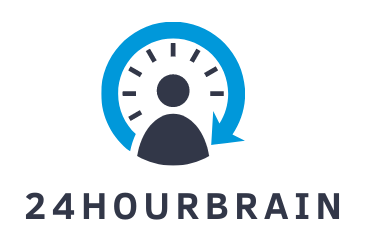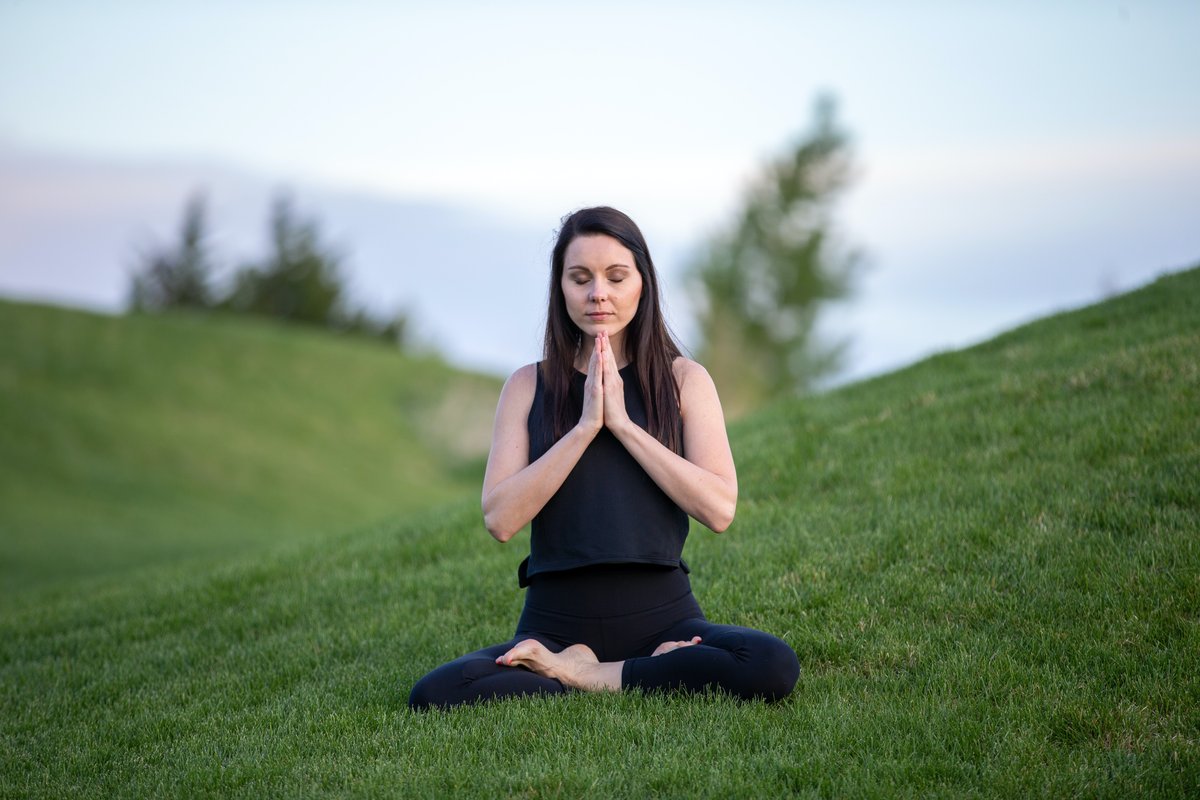People who meditate on a regular basis and completely focus on their own inner world in silence can benefit in a number of ways.
Studies have shown that continuous meditation, for example, can reduce stress, ease anxiety and insecurity, and make a person more aware of themselves and others.
But is there anything else meditation can do? How about tapping into one’s own creative wellsprings?
Many meditation researchers believe that anyone who immerses themselves in themselves, even for ten minutes, achieves a state of mind that allows the spirit to travel.
For example, meditation can help with “divergent thinking,” which is the ability to look for unusual connections in a free and unstructured way.
Focusing mindfully on one’s own feelings, on the other hand, makes it easier to notice and accept new ideas.
As a result, researchers were able to demonstrate:
A short, guided mindfulness meditation at the start of a group brainstorming session ensures that there are more diverse and detailed ideas at the end.
Reasons to Meditate for Increased Creativity:
- Meditation is free, and you don’t need to pay for expensive creativity classes.
- Meditation is the quickest way to clear your mind. Meditation eliminates distracting thoughts.
- Meditation reduces stress and frees the mind to think creatively.
- Meditation techniques such as mindfulness exercises improve intuition.
- The ability to reflect in general has improved and meditation can be practiced almost anywhere.
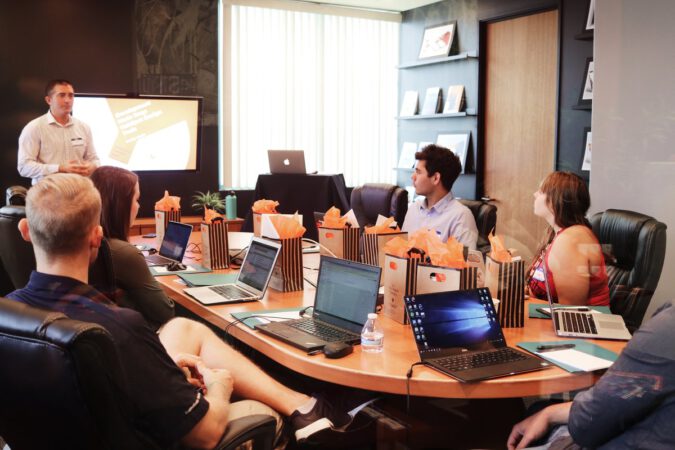
What Exactly Is Creativity?
The word “creativity” is derived from the Latin word “creare” (meaning: “to create,” “to give birth to,” or “to generate”). So, creativity is the ability to come up with something new and useful at the same time.
Curiosity, Versatility, and Presence are three aspects of creativity that each of us possesses.
Creativity encompasses every moment of free creation and is a component of our resonance with ourselves; it is a component of our journey toward fulfilling self-development. One of the reasons for the high number of meditators, particularly among artists.
We go beyond the known when we are creative. We are now in the present. When we free ourselves from thinking about the past, and conditioning, we become more creative.
Meditation’s Influence
Through conscious concentration on a single aspect, meditation opens the door to creativity. The goal of meditation is to reduce the flood of thoughts in our brains.
Consciousness switching is a technique that has been tried and tested over thousands of years and has been improved time and again.
Two studies were conducted at Leiden University in the Netherlands in 2012 and 2014. Certain meditation techniques were discovered to promote creative thinking.
Mantras
Meditation with a mantra, which helps the mind become more calm and quiet, is one of the simplest techniques that is no less effective than others. When we recite a mantra, it benefits our mental and physical health.
Meditation has also been increasingly studied with brain research methods since the end of the last century, so much has been recognized in terms of physiological connections.
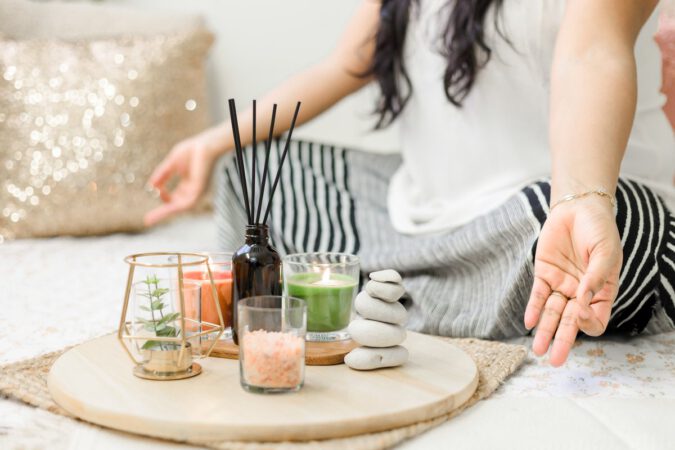
Mindfulness
Mindfulness has grown in popularity dramatically in recent years. Mindfulness is the practice of constantly being awake and present in one’s life. In mindfulness, the mind is only on the present moment and accepts it without judging it.
Meditation helps to broaden our awareness. Thoughts, feelings, the body, and being are the four levels of our consciousness. We can perceive ourselves more or less deeply and completely on each of these levels.
This self-awareness serves as the foundation for how we perceive the world and others. It is determined by our actions, thoughts, feelings, willingness, and being. Meditation broadens and deepens our perception on all levels.
Meditation is a state of being rather than a way of “doing.” You can’t “do” meditation; you can only “be” it. It is a state of mind in which the mind is completely free of its content, which could be thoughts, emotions, sounds, images, or anything else.
The mind has become completely still. We feel completely at ease with everything in the universe. The mind transcends itself during meditation, and there is no longer an “I,” an “ego,” or someone who meditates, but only a state of perfect union with everything inside and outside of us.
Less pressure, more relaxation
Being creative entails seeing the world from a fresh perspective and spinning new ideas with a clear mind. However, sometimes the flow of thoughts stops and inspiration takes its time. Meditation can assist you in regaining your flow.
The motivation to create something new, to tackle a challenge with new energy, or to solve a task in an innovative way is present at the start of the creative process.
However, the task can become overwhelming at times. Stress, on the other hand, can stifle creativity.
Meditation relieves stress by removing it from your shoulders
Deep breathing relaxes the body and opens up new realms of thought. Old patterns gradually disintegrate, making way for new ideas. This makes dealing with difficult problems easier.
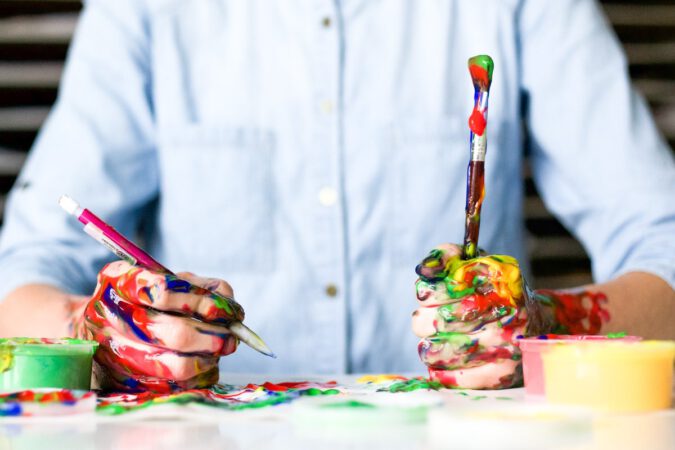
Allow for spontaneity and creativity
It is critical not to use meditation as an escape mechanism. Distracting yourself for a few minutes only to return to the same task will not get you anywhere.
Allow yourself to completely let go of the problem for which you require a creative boost, for example, by consciously relaxing. Even in ancient China, people preferred to approach things intuitively, rather than with a specific goal in mind: “Wu Wei” means acting spontaneously and in harmony with nature, without ambition or fear of failure.
Even the Emperor of China had to follow this rule. “Wu Wei” works especially well in meditation because you don’t run anywhere, you don’t force yourself to do anything, and you allow your intuition to blossom.
7 simple and effective meditation tips for increased creativity
1. Quiet Down
Go somewhere where you can be alone and comfortable. Make yourself at ease, ideally by sitting on the floor or in a chair with your back straight but relaxed, and start breathing deeply.
Breathe in through your nose, out through your lungs, and into your belly. Then start listening: do you hear the silence that surrounds you? Do you notice the gaps in your thoughts?
Important: During meditation, do not think about your problem or the challenges you want to fuel your creativity!
2. Maintain Focus on the Present Moment
When you’re agitated, silence seems a long way away. Then maybe a mantra will help. Repeat a word that means a lot to you and conveys a positive message.
This does not have to be a traditional Indian mantra; perhaps you can connect more easily with the words “peace,” “silence,” or another positive word.
3. Incorporate Meditation Into your Daily Routine
Relax anywhere you can briefly close your eyes, such as on the train, during your lunch break, or in the waiting room. Practice your favorite meditation technique at home or in a class until you’re comfortable using it on the go.
A few deep breaths can sometimes help you gather your thoughts and recharge your batteries.

4. Try the Following Method for a Simple and Effective Breathing Technique
Straighten your back and sit up straight in a chair. Close your eyes or fix your gaze on a specific point. Inhale for 4 seconds through your nose and exhale for 6 seconds through your nose.
Abdominal breathing causes your abdominal wall to rise and fall significantly during breathing.
You can also exhale more slowly. Concentrate gently on your calmly flowing breath. Repeat this process for at least 15 breaths.
5. Address Your Problem
Address your problem or specific challenge after meditation. Observe how your thoughts and actions have changed as a result of the meditation. On a piece of paper, jot down the changes in keywords.
6. When Should you Use Meditation?
Depending on the challenges you want to overcome or the creative boost you need, use meditation right before your activity or, if you can, stop what you’re doing to let some air in, as described in point 4.
7. Meditiation Technique
Experiment with various types of meditation, such as walking meditation or mindfulness meditation.
Conclusion
Meditation can help you be more creative, especially if you practice it regularly and purposefully. Practice, as they say, makes perfect!
Clearing your mind and focusing on a mantra or your breath not only increases creativity but also reduces stress. Best of all, it is free and can be done at any time! Give it a shot!
